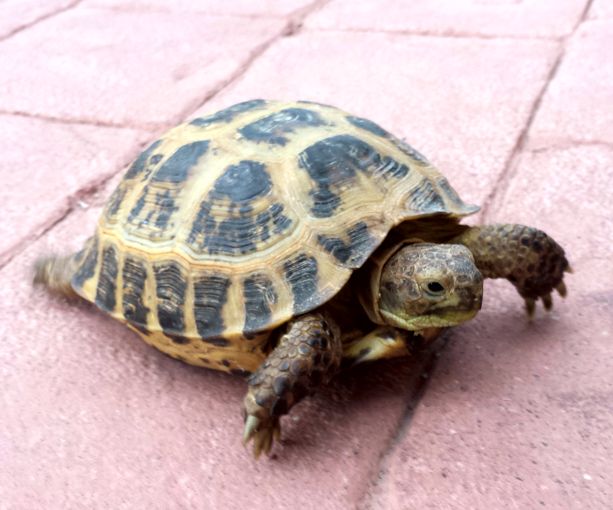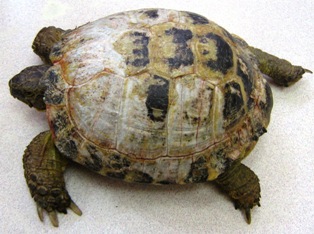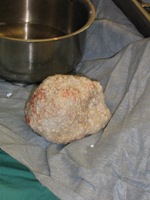Basic Care: Russian Tortoise
 Russian tortoises (Testudo horsefieldi) are wonderful little tortoises with big personalities. Ranging in size from 5 to 8 inches long and weighing about a half pound to two and a half pounds (300 to 1500 gms), they can be kept outdoors in Arizona or can often do quite well with relatively modest indoor caging.
Russian tortoises (Testudo horsefieldi) are wonderful little tortoises with big personalities. Ranging in size from 5 to 8 inches long and weighing about a half pound to two and a half pounds (300 to 1500 gms), they can be kept outdoors in Arizona or can often do quite well with relatively modest indoor caging.




 Upper Respiratory Tract Disease, often abbreviated as URTD or URP, is a common condition in Sonoran desert tortoises. "Upper respiratory tract disease" refers to an infection of the nose, nasal sinuses, and trachea (wind pipe) It typically starts as a clear nasal discharge that may persist for weeks. Sometimes the discharge dries around the nose and forms a white crust. Some tortoises may have bubbles blow out their nose and som
Upper Respiratory Tract Disease, often abbreviated as URTD or URP, is a common condition in Sonoran desert tortoises. "Upper respiratory tract disease" refers to an infection of the nose, nasal sinuses, and trachea (wind pipe) It typically starts as a clear nasal discharge that may persist for weeks. Sometimes the discharge dries around the nose and forms a white crust. Some tortoises may have bubbles blow out their nose and som A sad fact is that dogs and tortoises are not a predictable mix. The family dog that has never hurt a fly often becomes overwhelmed with an irresistible urge to chew on the tortoise. Even dogs that have lived peaceably with tortoises for years have these lapses in decorum. Make sure that any interactions between your dog and your tortoise are closely supervised and make sure the tortoise is too large to be swallowed! Be
A sad fact is that dogs and tortoises are not a predictable mix. The family dog that has never hurt a fly often becomes overwhelmed with an irresistible urge to chew on the tortoise. Even dogs that have lived peaceably with tortoises for years have these lapses in decorum. Make sure that any interactions between your dog and your tortoise are closely supervised and make sure the tortoise is too large to be swallowed! Be Insights into Medical Management
Insights into Medical Management